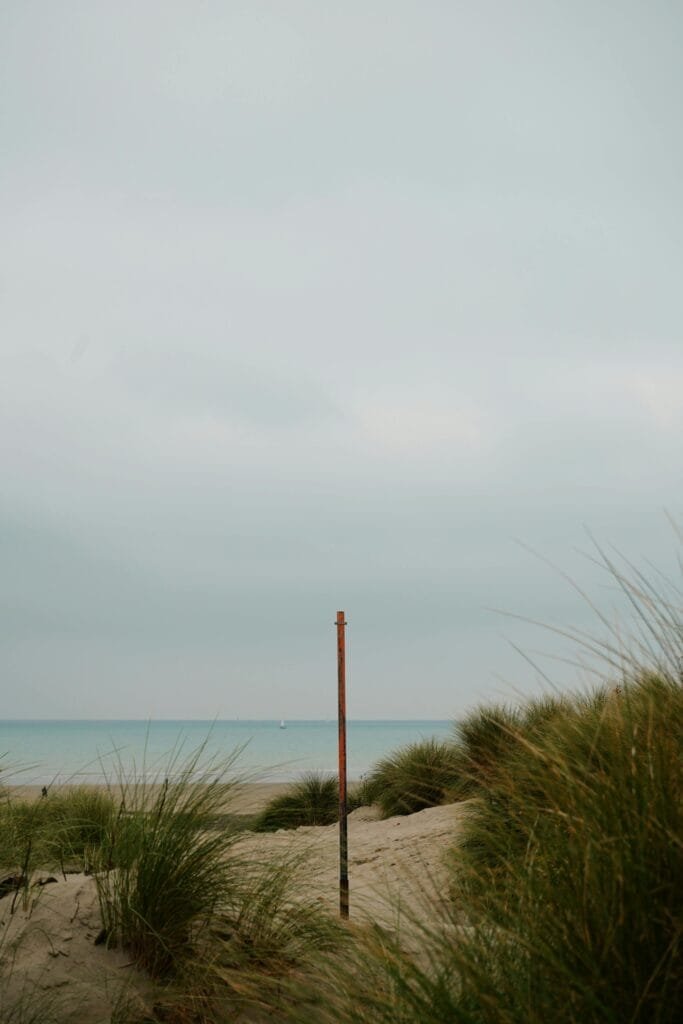How to Write Meaningful Sentences in Travel Blogs
How can anyone capture the essence of their journeys in words? This is the instinctive question that greets those who aspire to craft a captivating travel blog. Creating sentences that resonate with the reader is an art form, requiring a blend of creativity, clarity, and precision. But how can one achieve this balance to write meaningfully in the world of travel blogs?

Table of Contents
Overview of Writing Sentences
In travel blogging, every sentence must serve a purposeful function—inform, entertain, or inspire. The key lies in creating a holistic definition of meaning for any given sentence, URL, or keyword. To achieve this, writers must construct their content based on facts, steering clear of conjecture and unfounded speculation. Each piece should carry the weight of credibility, supported by evidence and proof, thereby cultivating trust with the reader.
Sentences should be composed with guidelines that prioritize keywords as the foundational element, complemented by detailed descriptions that enhance understanding. Crafting meaningful sentences involves more than merely filling a page with words; it requires structure, intent, and the foresight to employ varied methods to engage the reader fully.
The Importance of Fact-based Content
The reliance on factual evidence not only solidifies the integrity of a travel blog but also intrigues an audience hungry for authenticity. In an era where information is abundant and often dubious, presenting verifiable information ensures that readers view the content with confidence. By anchoring their narratives in fact, writers build a robust pillar of trust.
Crafting with Keywords and Details
Using keywords intelligently is a critical component of effective sentence construction. These words guide the reader, drawing attention to the core message of the narrative. Yet, the real magic lies in the details that surround these keywords. A thoughtfully described scene or vivid depiction of an encounter can transport readers into the heart of the journey, connecting them emotionally to the story.
Writing a Rationale
To frame travel experiences in context, bloggers need to delve into the historical backdrop of their destinations. This not only enriches the narrative but provides readers with a comprehensive understanding of the place in its entirety. Through exploring historical nuances, writers can introduce secondary keywords related to these historical aspects, enhancing the SEO value of the post.
Historical Context
Tracing the lineage of a destination allows readers to appreciate the evolution and significance of the place. Offering a brief yet informative history establishes a foundation for the discussion, while seamlessly integrating relevant keywords that resonate with both the search engines and the audience.
Current Trends
Incorporating recent trends and developments elevates travel writing from mere recounting to insightful storytelling. Bloggers should showcase their awareness of contemporary shifts and the ongoing transformation of destinations. Specific examples lend credibility, providing readers with not just facts but context—the “why” behind the current state of affairs—and ensuring the content stays relevant.

Writing the Main Content
When dissecting the nuances of effective writing, it’s crucial to comprehend the primary concepts and definitions that underlie the craft. This forms the bedrock upon which coherent and engaging content is built.
Key Concepts and Definitions
Definitions anchor the abstract thoughts and concepts that populate travel writing. By elucidating these terms with clarity, using keywords that enhance the narrative, and supplementary visuals such as images or videos, bloggers furnish readers with a clearer pathway to understanding, thereby increasing reader engagement.
Breaking It Down
Deconstructing complex topics into manageable segments allows readers to navigate unfamiliar content without feeling overwhelmed. Employing subtopics and thorough analysis demonstrates expertise while making the narrative accessible. Considering the reader’s perspective aids in presenting information logically and coherently, ensuring comprehension.
Case Study: Example 1
To illustrate a central thesis, case studies serve as a powerful tool. A detailed examination of a specific occurrence helps to substantiate the writer’s argument, lending credence to their narrative. By employing concrete data and referring to credible sources, authors provide their audience with specific, relatable content that enhances understanding and believability.
Application Example 2
Exploring varied applications not only reinforces the thesis but underscores its broad relevance. Detailed explorations allow comparisons to be drawn, presenting multiple facets of a topic. Through factual writing complemented by a wealth of examples, the richness of the content becomes apparent, educating and enlightening readers.
Comparing Different Points of View
A balanced review involves examining multifaceted perspectives on a topic. This comprehensive approach requires gathering information from a spectrum of sources, developing insightful comparisons that enhance content credibility. Factual and verifiable information must underpin these comparisons, ensuring the review’s authority.
| Perspective A | Perspective B | Perspective C | Perspective D | Perspective E |
|---|---|---|---|---|
| Anecdotal | Statistical | Cultural | Scientific | Historical |
Impact Assessment
Understanding the ramifications of various perspectives is crucial in travel writing, where context significantly alters interpretation. Providing an impact assessment, complete with evidence-backed descriptions of causes and effects, empowers readers to appreciate the narrative’s depth. This analytical perspective not only strengthens the writing’s authority but also fortifies the reader’s engagement.

Future Directions and Implications
Contemplating the possible future trends and their implications is a step toward forward-thinking travel writing. Sharing informed predictions, based on industry experience and practical insights, enhances the content’s relevance and authority.
Predictions
Informed predictions about future trends are grounded in past and present experiences. By illustrating scenarios that fictional characters might encounter or changes they might observe, writers can project potential developments. These scenarios should be backed by real-life parallels to ensure credibility and illustrate potential outcomes convincingly.
Implications
Analyzing the implications of current trends on a broader scale—be it within the travel industry, societal norms, or specific communities—provides readers a panoramic view of the topic’s significance. Specific evidence and examples underscore the discussion, encouraging readers to ponder the repercussions of the narrative.

Conclusion
To encapsulate the journey through meaningful sentence construction in travel blogging, one should always pivot back to veracity and clarity. As exemplified in discussions about bygone eras and anticipations of future trends, the power of travel writing lies in its ability to transport while informing.
Final Thoughts
Returning to the initial question, how do travel writers weave memories into words that resonate? Striking a balance between evocative storytelling and factual integrity sets the foundation for creating meaningful content. Travel memories are not merely preserved through vivid recollections but are immortalized in sentences that leave a lasting impression.
Encouraging readers to reflect on what elements make travel narratives memorable invites them to engage more deeply. By posing thoughtful questions and providing well-supported answers, writers foster a dialogue with their audience—inviting them to explore more insights through internal links, ultimately enriching their understanding of the world.

How to Write a Travel Blog Like a Pro
What Are The Best Ways To Travel With Expensive Equipment, Like Cameras?
